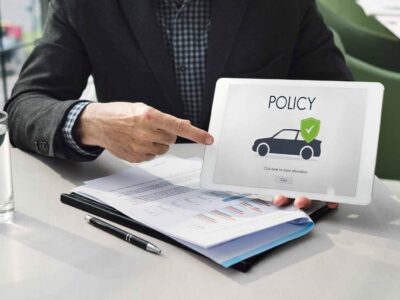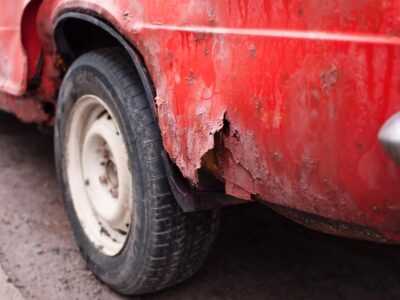Consider this a road biking etiquette lesson! While there is a growing network of off-road paths and bikeways around the country, they don’t last forever, nor do they always take you to where you want to go. To get from Point A to Point B on your bike, the chances are there will be times when you have to share the road with motorists. By following a few simple rules and extending some common courtesies, your journey on the road will be a nicer and safer one. Here are a few things you can do, and shouldn’t do, when you cycle on the road.
- Follow the road rules as if you were driving a car. For example stop for red lights and at pedestrian crossings.
- Ride predictably so motorists know they can safely overtake you when the time comes. That means you should ride in a straight line and signal your intentions clearly in advance.
- You must give a hand signal at least three seconds before you stop or turn. However, you are not breaking this rule if it is impractical to keep signalling while you’re turning right at a roundabout.
- Check to ensure your hand signals have been seen and understood. Making eye contact with motorists is the best way to do this.
- Look well behind you so you can be sure that there is ample room for you to turn, pull out or pass safely.
- Ride no more than two abreast and only where safe and appropriate. If riding with someone on city streets, or on any road with traffic, it is best to stick to a single file so vehicles won’t have to stop or veer into the opposite lane as they pass you.
- Try not to slow the flow of traffic. If it is practical, pull over to let other vehicles pass.
- Be courteous to help promote a more positive attitude towards you, and cyclists in general. A wave or a smile to other road users is all it takes.
- Only ride alongside another cyclist. You must never ride alongside a car, truck or any other motor vehicle.
- Always ride in single-file if passing another vehicle.
- If there is an adequate cycle path or cycle lane, you should use it. With cycle paths being built all the time, you may not be aware there is a new one in the area so check for this each time you ride.
- Wear brightly coloured or reflective clothing when cycling. You’ll be easier to see which will give your fellow road users plenty of time to adjust to your presence.
There is a code for cycling in New Zealand, and the ultimate courtesy you can extend to other road users is to study it and stick within the rules. That way, everybody will be safer.













Comments